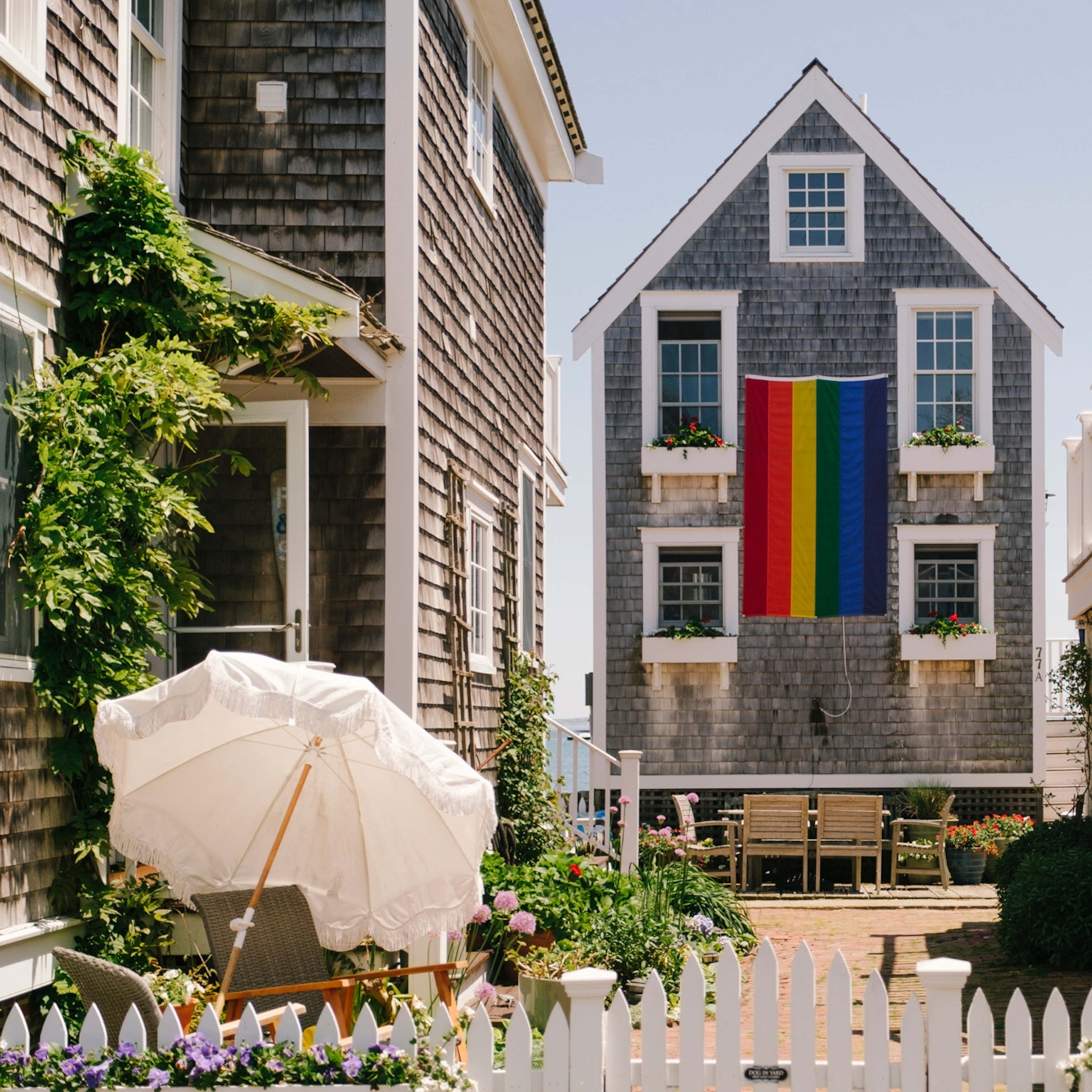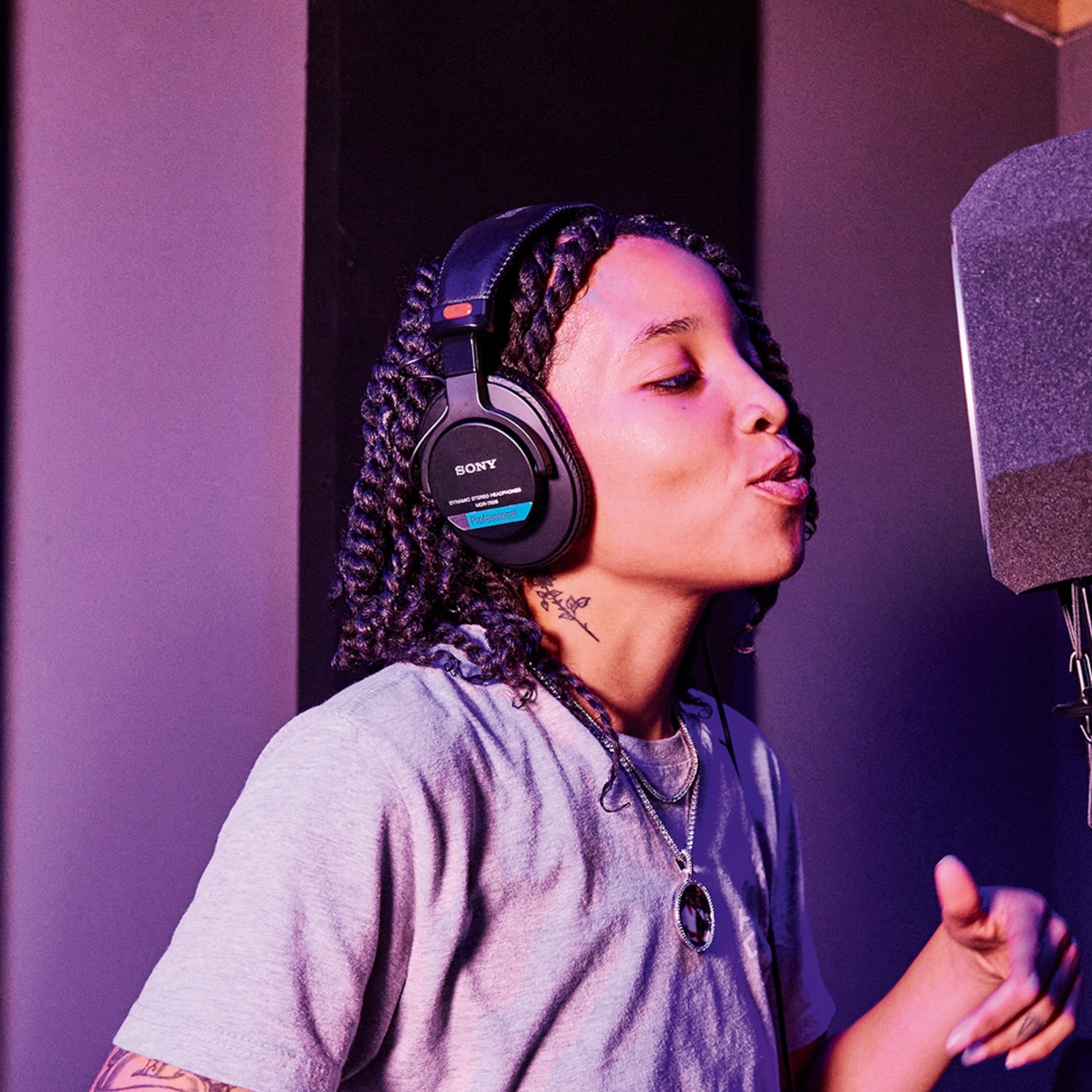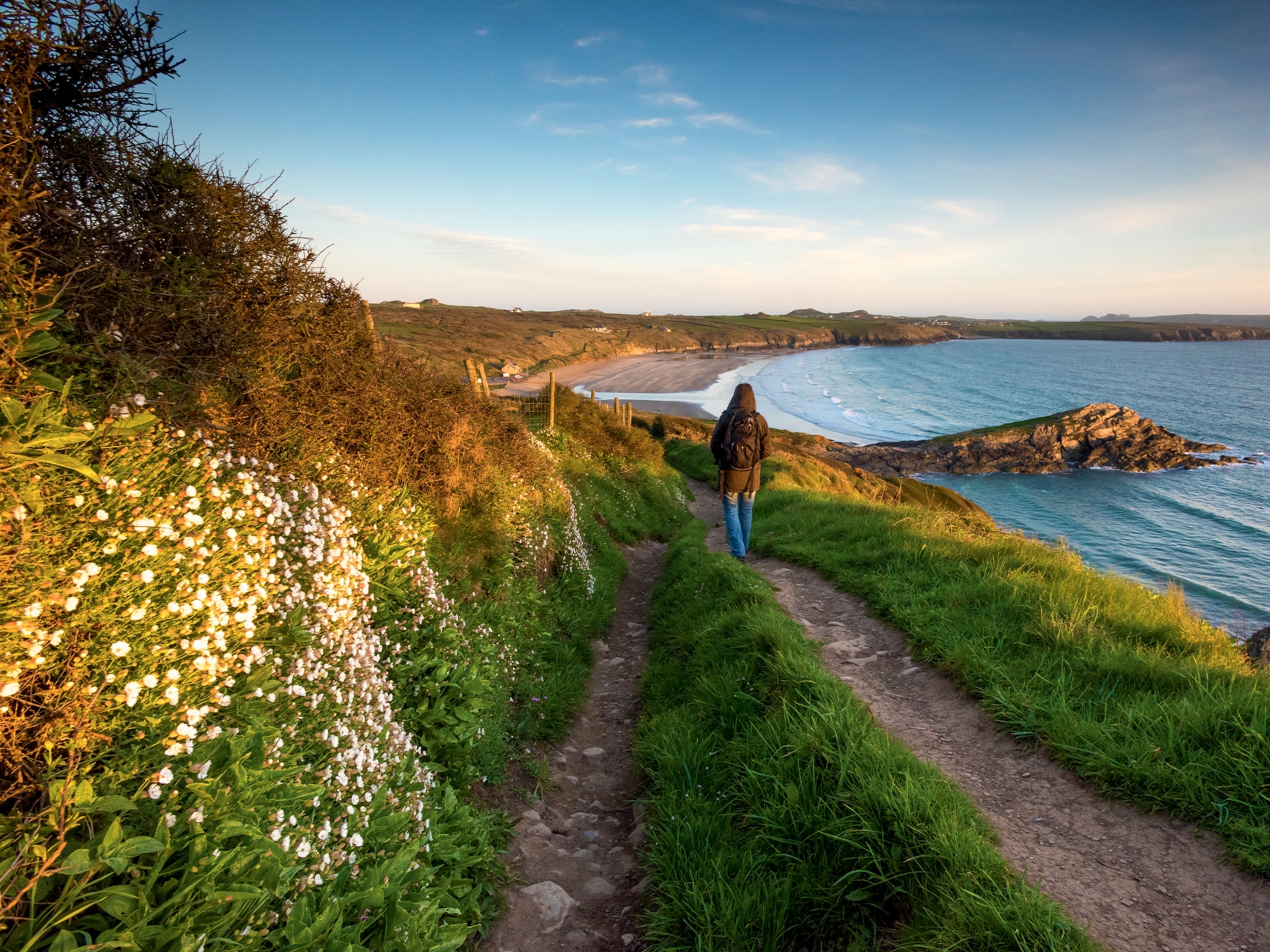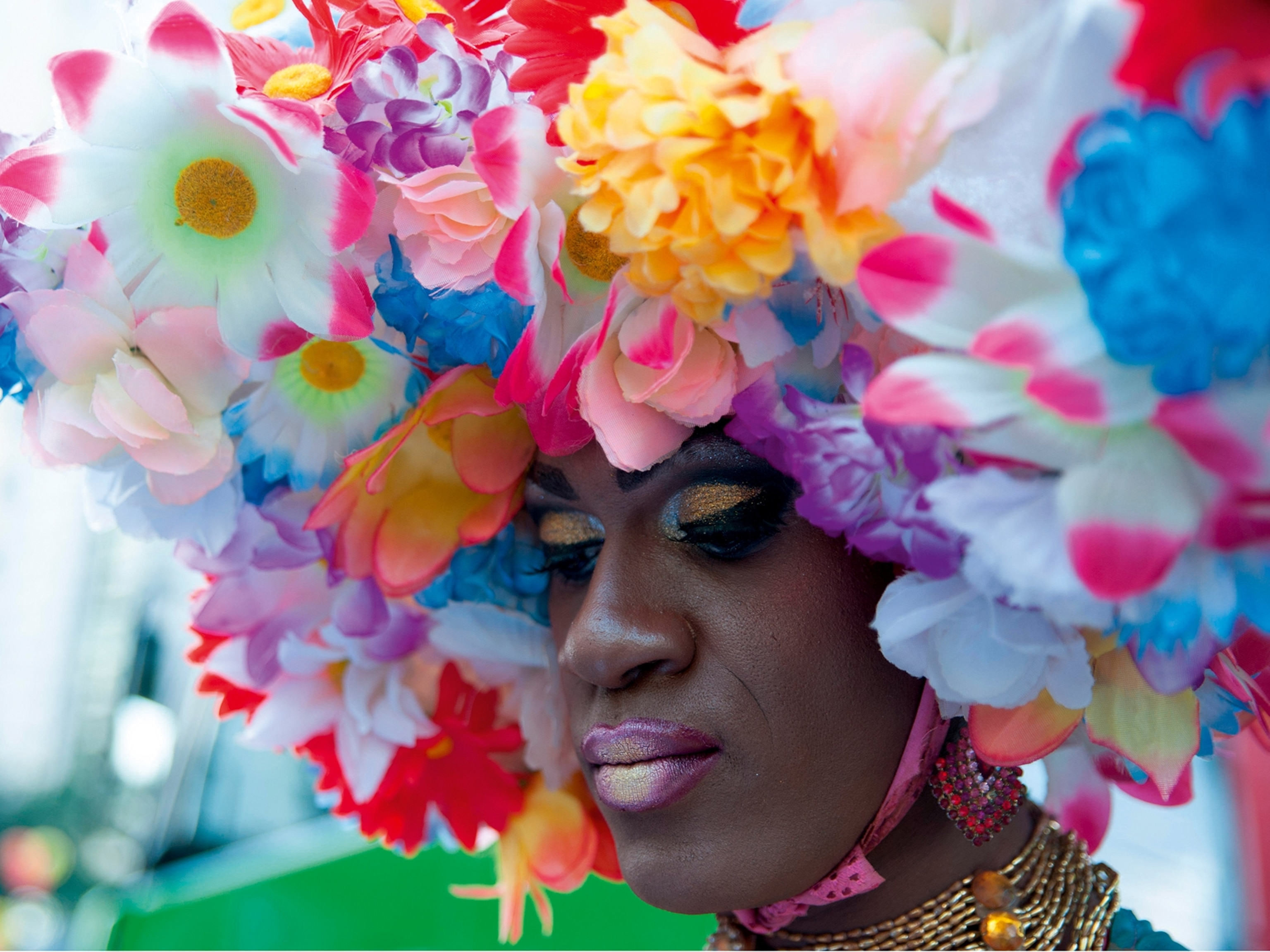Is this America's greatest LGBTQ+ city break?
This liberal, Californian desert town has reputation as one of America’s greatest LGBTQ+ destinations, cemented by the opening of a motel run by a drag queen. Here’s how to spend a fun-filled 48 hours in its thrall.
“Welcome to Palm Springs,” says Rosemary Galore, towering above me in six-inch skyscraper heels. “Or, as I like to call it, Gay Disneyland!”
Drag brunch
It’s a sleepy Sunday morning in the Californian desert city of Palm Springs and the sun is languidly rising above the jagged San Jacinto Mountains. Just beyond the window of the Saguaro hotel, palm trees sway lazily in the breeze and there’s hardly a car visible on the street. But inside the hotel lobby, Rosemary’s arrival is causing a stir, with fans lining up for a photo with the renowned drag queen.
Rosemary is the founder and hostess of the popular PS Drag Brunch, and I’m joining her for a pre-show chat. It took a Los Angeles costume designer three weeks to craft the local starlet’s outfit, a vision of twinkling sequins finished with a cherry-red-lined superhero cape. It was inspired by Liberace and Elvis Presley, who came to Palm Springs to clink martinis around shimmering swimming pools, back when the city was known as Tinseltown’s hedonistic playground.
Between the 1920s and 1960s, in what became known as the Golden Era of Hollywood, movie studios liked to keep talent on a tight leash, contractually restricting them to stay within a two-hour drive of the film set. For this reason, Palm Springs soon became a private playground for the rich and famous to hang loose, away from the glare of camera flashbulbs, just over 100 miles east of Los Angeles.
With its spirit of freedom and acceptance, the seeds were sown for this outpost in the dusty Sonoran Desert to became one of the gayest cities in the world. “What happened in Palm Springs, stayed in Palm Springs,” Rosemary declares, the light ricocheting off the buckle of her dazzling championship belt — a sartorial reference to Elvis, who also liked to accessorise with boxing paraphernalia. “Gay stars came here searching for a safe haven. The actor Rock Hudson lived with his boyfriend out here. He’d water his lawn while wearing tiny short-shorts, waving to all the celebrity homes tour buses as they cruised past.”
Today, it’s estimated around half of all Palm Springs residents over the age of 55 identify as LGBTQ+. And from this hotbed of queer culture, a thriving drag scene has sprung. “There are shows every day of the week featuring all kinds of artists. The audience is also a real melting pot, including bachelorette parties and multigenerational families,” she says.
A crowd has now formed at the Saguaro, a revamped 1970s resort that’s currently the most Instagrammed hotel in the Coachella Valley thanks to its rainbow-hued facade. Mimosas in hand, guests take their seats around the catwalk, nibbling on chicken tacos and plates of avocado on toast as the PS Drag Brunch queens put on a showstopping extravaganza — a flurry of bejewelled stage wear, risque crowd participation and tap-dancing routines in stilettos. Later, when I bid Rosemary farewell, she tells me “Palm Springs is a place of lightness and fun”, as her admirers swarm around her.
Downtown art & vintage finds
Leaving the drag queens to their next show, I venture into the heart of the city to explore its treasure trove of boutiques. At PS Homeboys, a retro-fabulous store selling modern takes on vintage interiors, I find owner Niles Kosman rearranging a stack of leopard print cushions.
Originally from Amsterdam, Niles and his partner visited Palm Springs and never left. “It feels like living in a year-round vacation resort,” he tells me as a tiny chihuahua pads past. All around us are lip-shaped sofas, racks of glamorous silk kaftans and prints of Marilyn Monroe, another star who frequented Palm Springs and is today immortalised in the form of an enormous 26ft-tall statue just around the corner in downtown Palm Springs.
A few streets away, the National Barbie Doll Collectors Convention happens to be in town. In celebration, designer Trevor Wayne is busy installing artworks at his eponymous art gallery. Behind a Barbie portrait created entirely from Post-it notes, Trevor’s carefully arranging floating, tin-foil-covered balloons that spell out the plastic doll’s name. Gently batting them out of the way to lean across the shop’s counter, he explains that his pop art prints chime easily with the location. “My work is fun and cheeky, which fits in with the playful vibe of Palm Springs,” he says, before adjusting a painting of a drag artist posing as the Mona Lisa.
Californian farm-to-table dining
It’s not often that you’ll find the hottest new restaurant in town hidden within a retirement community. But that’s where James Beard and Julia Child award-winning chefs Susan Feniger and Mary Sue Milliken have opened their latest venture, Palm Spring’s high-end, farm-to-table restaurant Alice B.
It’s tucked into the lobby of Living Out, a village of luxury apartments for the retired LGBTQ+ community that opened in 2023, where I arrive to find a lively group of residents in Hawaiian print shirts socialising at the bar. Two supersized portraits of the American painter and activist Gertrude Stein and her life partner Alice B Toklas keep a watchful eye over guests in the dining room.
The diverse crowd ranges from people in their 20s to their 80s, but chef Susan also tells me diners are very mixed between the LGBTQ+ and the straight community. “It’s not the norm to have shared spaces like this and it feels quite empowering,” she tells me as she places a salad of juicy nectarines and toasted hazelnuts on my candle-lit table. The dynamic is also reflected in the ownership, with Susan identifying as queer and Mary as straight.
The restaurant offers a blueprint for ageing with style; Susan notes many Living Out residents dine at Alice B nightly. “They know everyone working here and feel very connected to the world,” she says of the pioneering project.
Underrepresented makers
I ease myself into the day with a tongue-tingling breakfast of huevos rancheros on the terrace of the Parker, once home to California’s inaugural Holiday Inn, now a five-star hotel. It’s been made hip for a new crowd with whimsical decor by designer Jonathan Adler; there’s even a 7ft-tall bronze banana on the lawn.
Afterwards, I head downtown to the Mojave Flea Trading Post, an indoor market filled with traders from diverse backgrounds. Two of the tenants are Chris White and David Marks, who moved to this sun-drenched city during the pandemic. The couple noticed a lack of access to wines made by women, people of colour, or the LGBTQ+, Indigenous and disabled communities, and decided to open the hyper-inclusive Palm Springs Bottle Shop.
“We felt these winemakers were underrepresented in mainstream stores,” Chris tells me as I browse the shelves. The colour-coded dots beside each bottle highlight the vintner’s specific background, he explains.
“It’s really about identifying who these people are, so customers know where they’re spending their money,” he says, pulling out a bottle of Pride-themed wine from Camins 2 Dreams. “This one, for example, is made in California by a female married couple, one of whom is Indigenous.” The shop also sells a spiritual wine that’s been infused with crystals. “It gives you good vibes, man!”
Glitter cocktails & pool parties
Swathes of Palm Springs were created by experimental architects in the 1950s and 1960s, making it ground zero for modernist design. In more recent years, a new generation of design fans have lovingly restored its stylish buildings to their former glory, including my next stop — the Trixie Motel.
This maximalist retreat opened two years ago and is the creation of Trixie Mattel, a former contestant on the TV show RuPaul’s Drag Race. The drag queen and renovation expert has transformed what was once a down-on-its-luck motel into one of Palm Spring’s most in-demand sleepovers. It’s a high-camp wonderland with seven individually themed bedrooms, including flower power and cowgirl suites. Rooms book out months in advance.
At the motel’s all-pink Barbara Bar, a mixologist is busy building the classic Trixie Motel cocktail — a sangria using French rosé wine, grapefruit-infused vodka and orange liqueur finished with fresh strawberry ice cubes and a shower of edible glitter.
I take a sip of my bubble gum-coloured drink, finished with a pink flamingo on a stick, while outside the pool party is just getting started. The DJ spins a Britney Spears track as inflatables bob on the surface of the courtyard’s turquoise pool and guests recline on loungers, enjoying the glorious sunshine that beats down 300 days of the year here.
Clubbing in the gay-bourhood
A couple of cocktails later, I’m primed for a night out. Walking into Bar Cecil, a recently opened bistro inspired by the English photographer and queer icon Cecil Beaton, feels a little like stepping inside a bohemian aunt’s house. Bookcases jostle with eccentric trinkets, while patterned wallpapers and original artworks by Andy Warhol, Anish Kapoor and even Pablo Picasso adorn the walls. At the bustling bar, lined with teal leather chairs, I take advice from the locals and order the Beaton burger — a succulent patty served in a cardboard box — before heading out to explore the ‘gay-bourhood’.
I’m in the legendary Arenas District, a strip celebrated for its vibrant LGBTQ+ nightlife. A mist of dry ice escapes through the door as I enter Hunters Palm Springs — a beloved anything-goes club that opened its doors 24 years ago. Inside, house music pumps through the speakers. Up on the podiums, male dancers gyrate in thongs, trainers and very little else. But it’s the sea of revellers, rainbow disco lights illuminating their faces, that offers an insight into what makes this city so special. A blend of queer couples, clubbers and groups of women in pink cowgirl hats are mixing harmoniously. And yet there’s really nothing new about this snapshot — Palm Springs has been welcoming all comers for more than a century.
How to do it
Getting there & around
Virgin Atlantic flies direct to Los Angeles from Manchester and London, while British Airways also flies direct from London.
Average flight time: 11h.
From LA, it’s a 108-mile drive to Palm Springs. The Amtrak train runs six times a week and takes two hours and 40 minutes, or the FlixBus takes around two hours with multiple departures each day.
Downtown Palm Springs is walkable and many hotels offer free bike rental. Beyond the centre, public transport is sporadic but Uber and Lyft operate throughout the city.
When to go
Winter is a particularly pleasant time to visit, with highs of 21C in December and blue skies. Spring and autumn also offer plenty of sunshine and very little chance of rain. Summer can be baking hot, with temperatures hovering around the 40C mark in August.
Where to stay
The Trixie Motel, Old Las Palmas. From £330.
Avalon Hotel & Bungalows, downtown Palm Springs. From £170.
More info:
visitgreaterps.com
To subscribe to National Geographic Traveller (UK) magazine click here. (Available in select countries only).







